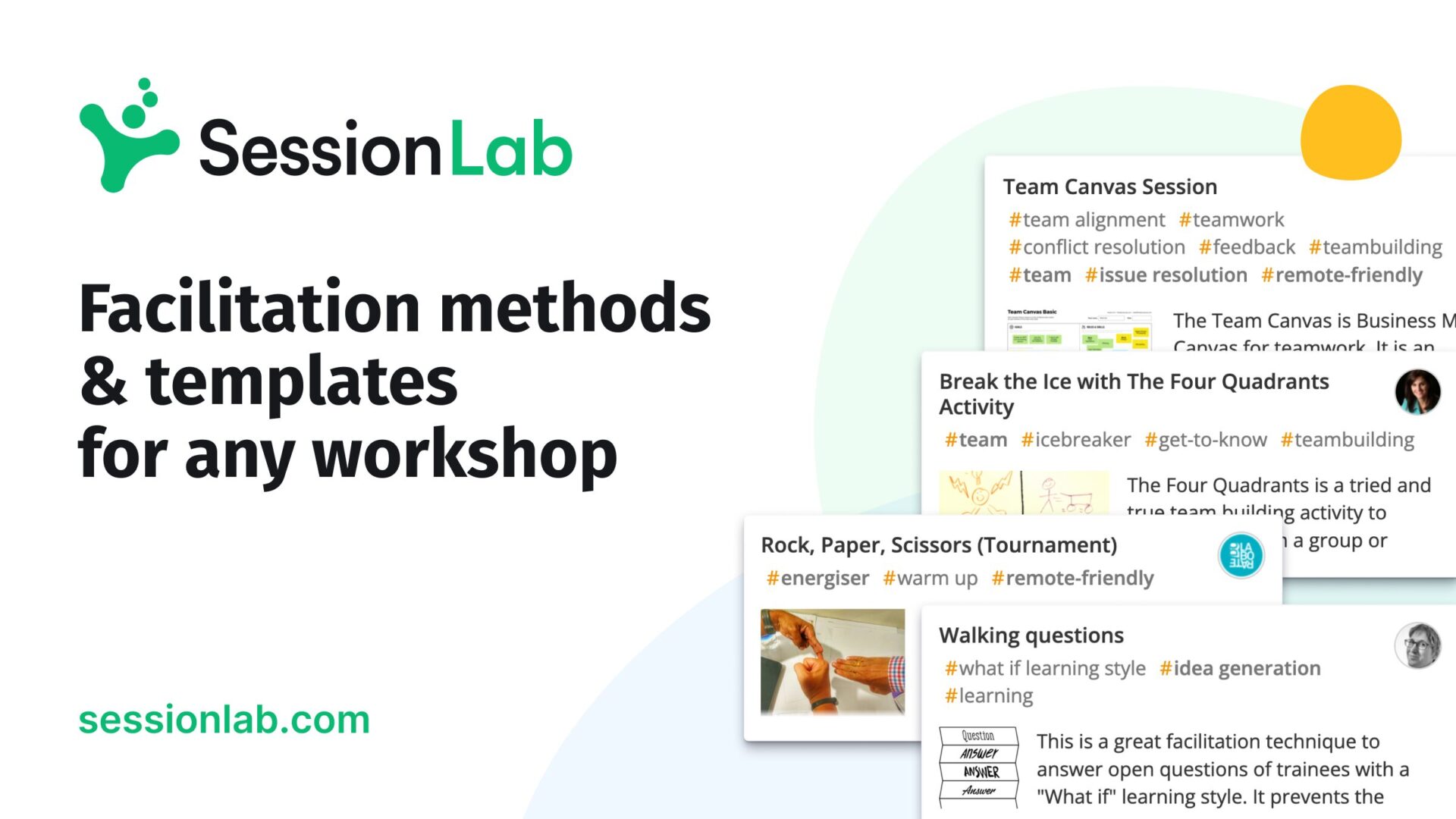Parking Lot
This is a classic business tool used to keep meetings and workshops focused on track. During discussions, questions will often emerge that are important but not fully relevant to the focus at the moment. These questions or issues are “parked” on a flipchart, to be addressed and answered later. This practice helps ensure that important questions do not get lost and that the group can stay focused on the most relevant things.
